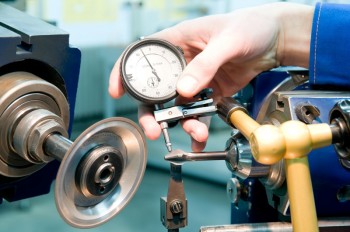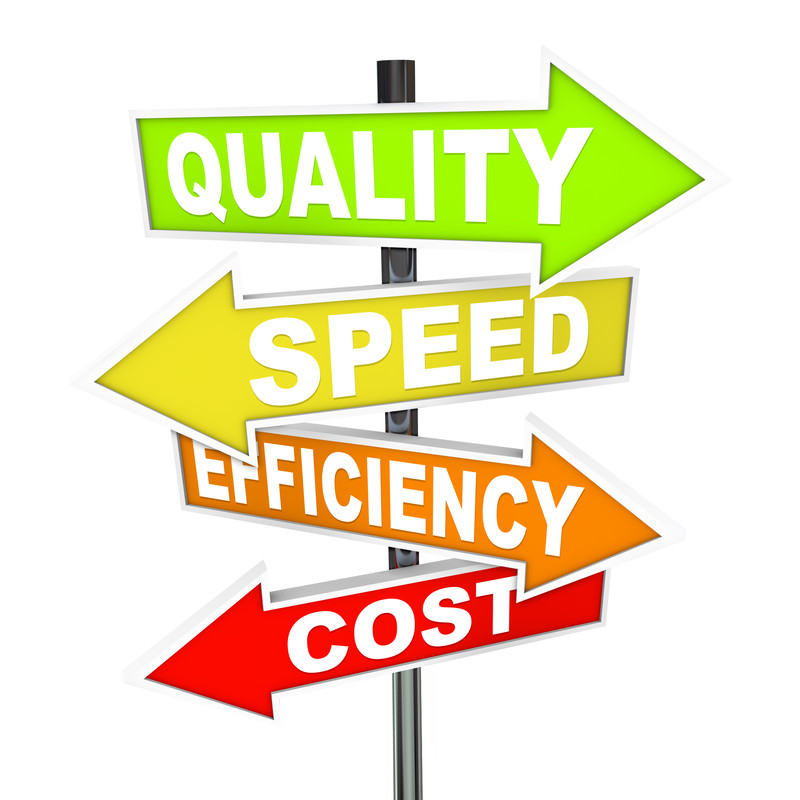Have you ever visited someone’s home and tried to find a fork in their kitchen and it wasn’t in the drawer you would have expected? Or when you order your favorite dish in a restaurant only to find the chef didn’t use the same ingredients? Inconsistency can be frustrating in everyday life but when it comes to manufacturing automobiles if you don’t follow a consistent process or clearly define the materials in the car you may not be able to sell your vehicle in every market. The Advanced Product Quality Planning Process (APQP) is the process that allows suppliers, designers, manufacturers and customers to communicate during the development process and have clear and detailed specifications about the end product.
What is the APQP process?
The APQP process is an outline of procedures and techniques that is used by many different industries but is especially used in the automotive industry. The process was designed by the Automotive Industry Action Group (AIAG) to provide a high quality process to satisfy the end customer when developing automotive products. The process was developed in the 1980s by a series of industry experts from major automobile companies when the US began to face serious competition from the Japanese auto market in an attempt to gain back a competitive edge in the market.
The APQP development process has five phases starting with the initial project planning where you define the program and develop a schedule. Next you move into the product design and verification phase where the product starts to take form and you test key technology to ensure it will work in the design. When you have a solid design you begin developing the manufacturing process and validating manufacturing in the third phase. The fourth phase is validation of both the product and the manufacturing process and finally you move into the last phase where you launch the product and go into maintenance as the product goes to the customer.
To move through the APQP process AIAG has provided a series of tools that will assist the design engineers, process engineers and quality engineers in completing their development activities.
Failure Mode and Effects Analysis (FMEA)
 The first key tool is the Failure Mode and Effects Analysis (FMEA). The FMEA is used by both design and production engineers (DFMEA and PFMEA) to look at potential issues with a design or process determine the severity of the issue, the frequency it can occur and whether or not the issue can be detected and applying scores to each one. When the FMEA analysis is completed the high scoring issues are then reviewed and either corrected or steps are made to mitigate those risks.
The first key tool is the Failure Mode and Effects Analysis (FMEA). The FMEA is used by both design and production engineers (DFMEA and PFMEA) to look at potential issues with a design or process determine the severity of the issue, the frequency it can occur and whether or not the issue can be detected and applying scores to each one. When the FMEA analysis is completed the high scoring issues are then reviewed and either corrected or steps are made to mitigate those risks.
Statistical Process Control (SPC)
The Statistical Process Control (SPC) provides the statistical tools to track, manage and control a process to ensure that all products meet all requirements. The SPC portion of the APQP process provides guidelines for design experiments, statistical assessments, and a multitude of other tools that will assist with the development process. SPC is used throughout the automotive industry and is a great tool to use when directly measuring every part is not feasible.
Measurement System Analysis (MSA)
The measurement system analysis portion of the APQP manuals has a specific function and that is to make sure that the measurement methods and devices we use to develop, test and produce our products are repeatable and reliable. MSA uses standard Six Sigma analysis and tools like gage repeatability and reliability tests to reduce variation in the measurement processes. After all, what good is a measurement gauge if it does not work properly?
Production Part Approval Process (PPAP)
The Production Part Approval Process or PPAP occurs at the end of the validation process and will include all the specifications, test results, validation certifications and lab certifications for the final product. This process occurs at each component level meaning that a PPAP will be done for components as small as the bolts used to assemble a vehicle. Included in the PPAP is the IMDS or International Material Data System which will call out all of the materials by weight that are used in the full assembly. The PPAP process is a detailed check on everything before it goes into serial production, ensuring that each supplier has their process perfected before mass production.
Why use the APQP process?
The APQP process provides consistency across the automotive industry and allows all tier suppliers to speak the same language during the development process. Without a common language our designs would not be as efficient and we would be bogged down with numerous meetings trying to explain our work and what is needed. The APQP process gives us the common tools and procedures we need to fully develop and launch a product with the automotive industry and meet all government requirements.
When you work as an Automotive Engineer in today’s industry you will become very familiar with the APQP process and the tools it uses. Even if your company does not follow the process your supplier or customer most likely will use it and it will make your job much easier to use the standard tools right from the start. So, strive for efficient design and develop and use the APQP process!

